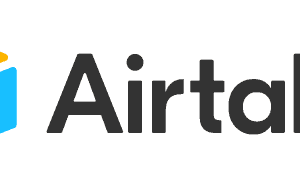Key Takeaways: What Is Scope Creep? Scope creep is when there’s uncontrolled growth in a project in terms of expanding due dates and budgets. Scope creep can be controlled... Read more »
Key Takeaways: How to Use Notion AI Notion’s new AI tools will certainly help users craft basic level content. While the technology is good, we imagine those who take... Read more »
Key Takeaways: Zoho Projects vs Wrike The main difference between Zoho Projects and Wrike is that Zoho Projects has a friendlier interface and better collaboration tools. Wrike has a... Read more »

Key Takeaways: Asana vs Notion The main difference between Asana and Notion is that experienced users are likely to prefer Asana’s more polished design and functionality — however, the... Read more »
Key Takeaways: Connecting Zoho Projects Zoho Projects integrates with various independent ecosystems and tools to enable seamless collaboration, streamlined workflows and enhanced productivity for teams. Zoho integrations can be... Read more »
Key Takeaways: Slack vs Asana The main difference between Asana and Slack is that Asana is built to improve project management and Slack caters to those needing a communications... Read more »
Key Takeaways: Zoho vs Microsoft The main difference between Zoho Projects and Microsoft Project is that Zoho Projects is an affordable, intuitive project management tool, while Microsoft Project suffers... Read more »

Key Takeaways: Asana vs Airtable The main difference between Asana and Airtable is that Airtable is great for managing tasks via a spreadsheet view, while Asana offers more integrations,... Read more »
Key Takeaways: Scrum Master A Scrum Master is a facilitator and servant leader of the Agile project management methodology who ensures the effective implementation of the Scrum framework, promotes... Read more »
Key Takeaways: Slack vs Basecamp The main difference between Basecamp and Slack is that Basecamp comes with task management features. While you can share files on both, Basecamp can... Read more »

